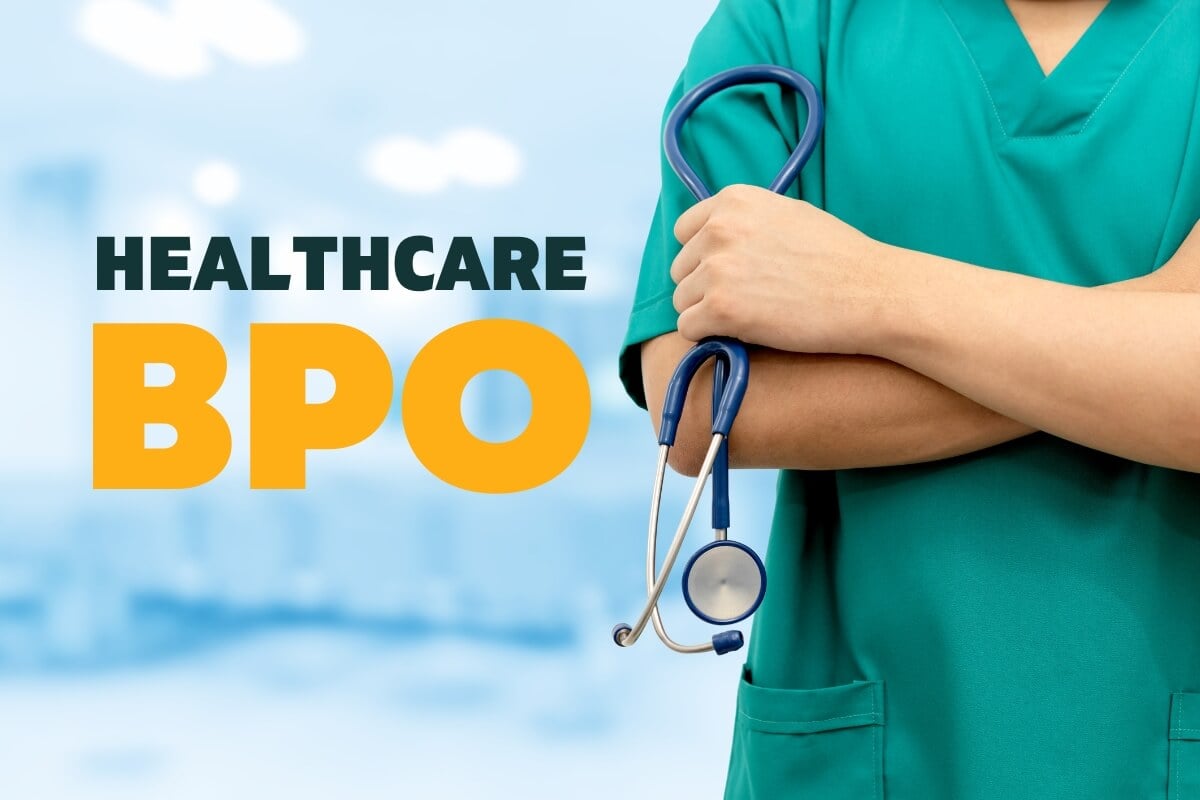Healthcare RCM Providers for Effective Income Cycle Monitoring
Healthcare RCM Providers for Effective Income Cycle Monitoring
Blog Article
A Comprehensive Guide on How Healthcare RCM Functions to Streamline Payment and Collections
Browsing the complexities of medical care revenue cycle administration (RCM) is crucial for service providers intending to boost their billing and collections procedures. The guide unpacks the details of RCM, from client enrollment to accounts receivable monitoring, using understandings right into enhancing each action.
Comprehending Earnings Cycle Management
Comprehending the ins and outs of Revenue Cycle Administration (RCM) is essential for health care organizations intending to optimize their financial performance. RCM is a vital administrative function that incorporates the whole financial procedure of individual care, from the first visit establishing to the last payment of the equilibrium. It is a complicated treatment created to recognize, accumulate, and take care of the earnings from the solutions supplied to clients. Effective RCM guarantees that doctor obtain prompt and accurate repayments, reducing the risk of revenue loss and boosting cash money circulation.
The RCM process starts when a person routines an appointment and expands with the patient's treatment journey, including billing and collections. A crucial objective is to lower the time between giving a solution and getting payment, therefore enhancing the company's financial wellness. RCM involves numerous functions such as patient enrollment, insurance verification, charge capture, coding, asserts submission, payment uploading, and taking care of charms and denials.
Secret Components of RCM
In the realm of Earnings Cycle Administration (RCM), comprehending its vital components is essential to attaining financial effectiveness within medical care organizations. RCM is a thorough process that includes numerous phases, each vital to ensuring efficient payment and collections. The key components consist of patient enrollment, insurance coverage verification, cost capture, coding, claim submission, payment posting, and balance due monitoring.


Once coded, cases are sent to payers, where precision is critical to avoid hold-ups or beings rejected - Healthcare RCM. Repayment posting entails tape-recording the gotten repayments, which enables for the settlement of accounts. Last but not least, accounts receivable administration concentrates on monitoring and dealing with unsettled cases, ensuring timely follow-up and resolution
Each component of RCM is interconnected, and inadequacies in any kind of part can disrupt the entire cycle. Therefore, mastering these components is essential for doctor to enhance earnings and improve their economic health and wellness.
Strategies for Reliable Payment

Systematizing billing treatments throughout the company is an additional crucial method. Establishing clear guidelines for documents, coding, and submission helps keep consistency and compliance with governing demands. Training team frequently on these procedures guarantees everyone is current with the most recent modifications in invoicing codes and payer check that policies.
Exact fee capture is necessary in stopping revenue leakage. Applying routine audits and surveillance systems enables the identification and modification of disparities before they influence income. Furthermore, keeping open lines of interaction with payers aids to rapidly deal with any kind of conflicts or misconceptions that may emerge.

Last but not least, interesting people early in the invoicing process by offering clear estimates and educational materials regarding their financial responsibilities can dramatically minimize confusion and improve repayment timeliness. These methods collectively add to a more financially healthy and balanced and efficient payment system.
Enhancing Collections Procedures
Provided the intricacies of clinical payment and the range of payer needs, boosting the collections procedure entails executing calculated actions that ensure accurate and timely payment of services rendered. Automation tools can assist in tracking claim statuses, sending timely pointers to clients, and handling denials much more successfully.
Educating team to recognize the subtleties of insurance coverage and payment codes is just as essential. This knowledge empowers them to address billing discrepancies rapidly and interact efficiently with individuals regarding their financial responsibilities. Furthermore, clear and clear person interactions are vital. Giving thorough descriptions of fees and using flexible payment plans can enhance individual satisfaction and punctual repayments.
Routine audits of the collections procedure need to be performed to determine locations for enhancement and ensure conformity with policies. By assessing data, healthcare companies can identify patterns, anticipate prospective issues, and adjust techniques accordingly (Healthcare RCM). Eventually, a well-enhanced collections procedure not just supports economic health and wellness but likewise contributes to an extra seamless experience for individuals and staff alike
Optimizing Profits Streams
Building upon the structure of a strong collections process, medical care companies can even more bolster their financial security by strategically enhancing earnings streams. This involves a multi-faceted strategy, starting with a detailed analysis of existing income resources to identify inadequacies and areas for growth. Utilizing innovative information analytics tools makes it possible for organizations to get understandings into payer mix, client demographics, and solution utilization patterns, enabling data-driven choices that boost income capture.
Carrying out automated invoicing systems can dramatically minimize mistakes and accelerate cases refining, ensuring that income is collected extra successfully. Furthermore, optimizing payer contracts through regular negotiations can improve reimbursement rates and terms, directly affecting the bottom line. Diversifying service offerings, such as incorporating telehealth or health programs, can additionally attract a broader client base, thus increasing income capacity.
One more critical element is enhancing person engagement and contentment, visit homepage as completely satisfied individuals are extra most likely to stick to treatment strategies and make prompt repayments. Offering adaptable repayment options and transparent payment techniques can enhance collections and foster client loyalty. Healthcare RCM. By adopting these strategies, healthcare organizations can develop an extra resilient monetary structure, ensuring sustained growth and stability in an ever-changing sector landscape
Final Thought
Finally, healthcare Earnings Cycle Administration (RCM) plays an essential role in maximizing billing and collections procedures by integrating crucial components such as individual enrollment, insurance coverage verification, fee capture, coding, claims entry, and accounts receivable administration. By employing sophisticated technology, systematizing procedures, and cultivating client involvement, doctor can dramatically decrease insurance claim denials, speed up payment cycles, and improve capital. This comprehensive strategy to RCM ultimately causes enhanced financial performance and company website sustainability for healthcare organizations.
The RCM process begins when an individual schedules a visit and expands via the patient's care trip, consisting of billing and collections.One more important component is improving individual engagement and contentment, as satisfied clients are a lot more most likely to stick to treatment plans and make timely repayments. Supplying flexible payment choices and transparent payment techniques can improve collections and foster person commitment.In conclusion, medical care Earnings Cycle Monitoring (RCM) plays an important function in enhancing invoicing and collections processes by integrating vital parts such as person enrollment, insurance confirmation, cost capture, coding, asserts entry, and accounts receivable administration. By utilizing advanced technology, systematizing treatments, and promoting individual interaction, healthcare service providers can considerably decrease claim rejections, speed up payment cycles, and boost money flow.
Report this page